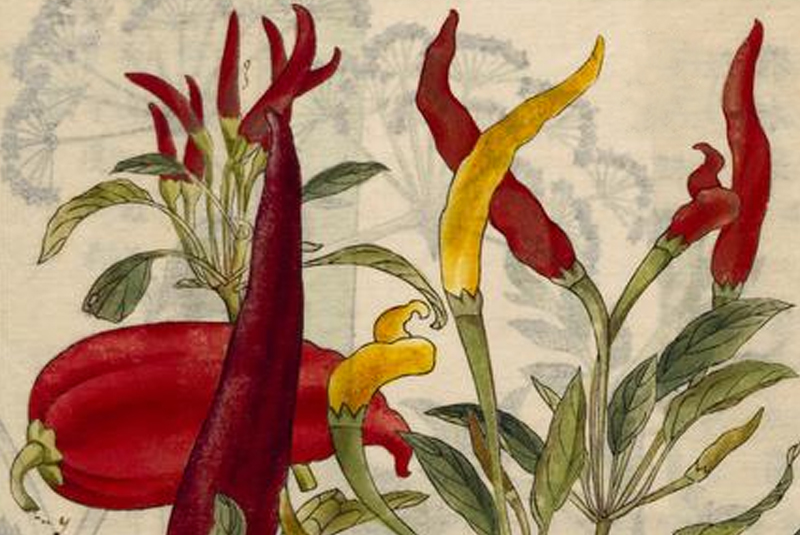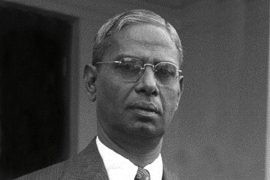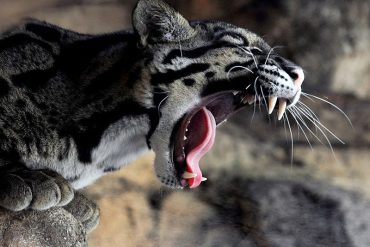In the middle ages, black pepper trade generated handsome profits. Black Pepper pods, which were called “Black Gold,” were used not only to spice soups and meat but also to pay rents and taxes. At the time, “Spice Islands” in the East were the primary source of black pepper–and trade depended on access to sea routes.
As the Ottoman Empire grew powerful and gained control over the seas, they blocked traditional routes to the spice islands. And the Europeans, keen to gain a stronghold on the trade, raced to secure their trade routes. In their quest to find new lands and new fortunes, adventurers and explorers set sail, launching their ships onto the oceans.
In 1492, an ambitious adventurer, Christopher Columbus, set sail in search of India and headed west. After months of sailing, he dropped anchor offshore in South America. Here, as anticipated, he did not find the pepper pod. However, he found another plant that would dethrone pepper forever. And that plant was the chilli.
A member of the nightshade family, under the genus Capsicum, the chilli is native to the continent of South America; Circa 7500 B.C., they used to grow as wild crops in New Mexico and Guatemala and were later domesticated by the natives.
-30-
Copyright©Madras Courier, All Rights Reserved. You may share using our article tools. Please don't cut articles from madrascourier.com and redistribute by email, post to the web, mobile phone or social media.Please send in your feed back and comments to editor@madrascourier.com











